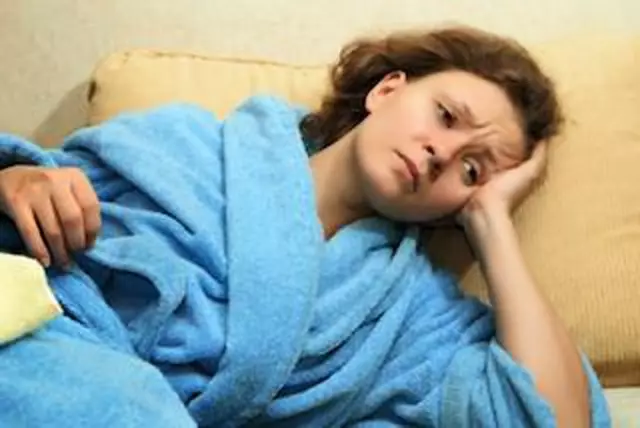- Author Rachel Wainwright [email protected].
- Public 2023-12-15 07:39.
- Last modified 2025-11-02 20:14.
Cystoscopy

Cystoscopy is an examination of the bladder from the inside using a special cystoscope instrument. Some changes in the urethra and bladder - ulcers, polyps and other mucosal lesions cannot be seen on ultrasound, therefore, in some cases, cystoscopy is prescribed as a more detailed examination. This is how tumors, stones, inflammations, and injuries of the bladder are detected.
Cystoscopy of the bladder can be called not only a diagnostic, but also a therapeutic procedure - with its help the doctor can remove a tumor or papilloma, electrocoagulate (cauterize) a simple ulcer on the bladder mucosa, dissect the ureteral orifice, inject the necessary medicine into the bladder with an injection, perform bougienage or catheterization of the ureter, crush and remove stones from it, perform electroresection of cancer or prostate adenoma (when performing cystoscopy in men).
How is cystoscopy of the bladder performed?
A cystoscope is a tubular device equipped with a lamp. It can be rigid (standard) or flexible.
To examine the bladder, the cystoscope must be inserted into the urethra. The procedure is somewhat painful, therefore local, spinal or general anesthesia is performed. If general anesthesia is indicated, which is more often prescribed to patients with an unstable psyche, the patient should not eat for 8 hours before cystoscopy.
Under local anesthesia, a solution of novocaine 2% - 10 ml or a gel with lidocaine is injected into the urethra before the start of cystoscopy. When carrying out cystoscopy in men, a special clamp is placed on the penis under the head for 5-10 minutes.

During cystoscopy, the patient should be in a supine position, after the introduction of the cystoscope, the bladder is filled with water or sterile saline to ensure better visibility - no more than 200 ml. The doctor then examines the bladder. The inspection itself lasts 2-10 minutes. In general, cystoscopy takes no more than 45 minutes and if local anesthesia was used, the patient can immediately go home.
In some cases, cystoscopy in women and men is combined with another study - chromocystoscopy, for which the patient is injected intravenously with a contrast - 1-3 ml of indigo carmine solution 0.4%. This is done in order to study from which ureter, at what interval and intensity colored urine will appear. It is considered normal if the dye begins to be released into the bladder 3-5 minutes after injection. If more than 10 minutes elapse, it may indicate deterioration in renal function.
Cystoscopy in children
Cystoscopy in children is carried out according to the same principle as in adults, but special children's cystoscopes are used for examination, they are much smaller in diameter than adults. Cystoscopy is usually performed with the written consent of the parents; general anesthesia is offered for emotionally disturbed children.
Contraindications and consequences of cystoscopy
Cystoscopy in women, men and children is not performed in the presence of acute inflammation of the bladder, urinary tract, testicles and prostate, in the presence of bleeding, urethral fever.
After cystoscopy for some time, one or two days, the patient may feel a burning sensation during urination. In addition, there is a risk of infection (antibiotics are often prescribed after cystoscopy), bleeding, and disruption of the bladder wall.
Due to the fact that men have a longer urethral canal than women, cystoscopy in men is a more complicated and, in a sense, dangerous procedure. The degree of complications depends on the qualifications of the doctor and the cystoscope used - the thinner it is, the better. The device must pass through the prostatic section, the seminal tubercle, the bladder neck and then enter the bladder. If the device is mishandled, cystoscopy can cause prostatitis, cystitis, urethritis, inflammation of the seminal tubercle and vesicles, impaired potency, in particular, morning erection, and lack of sexual desire. To eliminate complications, it is necessary to undergo treatment, the symptoms of erectile dysfunction are transient, can be observed for a week or several months.
Seek medical help if, after cystoscopy, chills, severe pain in the urethra, fever, if urine becomes noticeably less than usual during urination.
Found a mistake in the text? Select it and press Ctrl + Enter.






